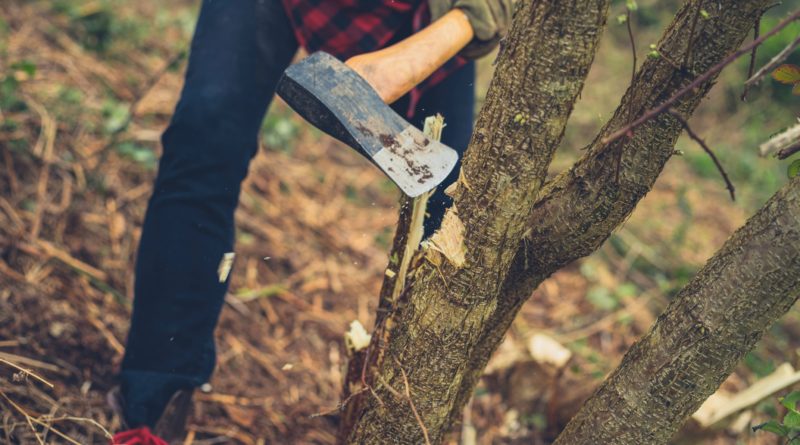When Trail Builders Go Rogue
The good news first: Vermont is opening up. Events are back. By July, we should be running neck and neck again, giving high fives at the finish and clinking cold beers. And about that post-race beer? There’s good news from our nutrition editor, Jamie Sheahan, here.
Now the bad news. If there was one thing that the pandemic left us with it was an overzealousness for the outdoors. Trailheads saw such crowded parking conditions that in the Adirondacks, you now have to make a reservation to park for some trails. The ignorant (and the intentionally ignorant) paid no attention to mud season warnings and tromped and wheeled the soft turf of spring terrain, leaving indelible marks that will remain all summer or until volunteers repair the damage.
And some aspiring trail builders have decided it’s OK to build their own private networks. All well and good, but for those who missed it, if you are going to take a shovel or saw to the forest—or even move a rock or dig a berm—you need permission from the landowner. Especially if that land is owned by the state of Vermont.
In March, Vermont’s Attorney General T.J. Donovan filed a lawsuit for the state against Thomas Tremonte. Tremonte, a New Hampshire resident who bought land in Westfield, Vt. in 2017, had been clearing a backcountry ski zone on his property. The state alleges he also cut 839 shrubs and trees on land abutting his. That land was part of Hazen’s Notch State Park.
If found liable, Tremonte could be fined three times the actual value of the timber, in addition to other fees. Under Vermont state law, trees under 6 inches in diameter are valued at $50 on up to $2,000 for stumps over 22 inches in diameter. Bushes and shrubs are $50 each.
This is not an isolated incident and cutting for mountain bike trails has also been rampant. Last fall, Michael Snyder, Commissioner of the Department of Forests, Parks and Recreation, was hunting on state forest land near his home when he came across a network of backcountry ski and mountain bike trails.
“I went just a few strides into the woods and was like ‘Oh man!’ I was heartbroken walking around out there. As a forester and a backcountry skier, I can easily see when a line has been cut. To see rocks moved, trees felled, holes dug and lines and berms cut, it’s just so not OK. The sense of entitlement is shocking to me,” he says.
“We are for people enjoying the backcountry and we have an interest in having more access to it. But we have a process and we have a growing community of groups that are doing it right and partnering with the state to build trails.”
In many areas, local mountain bike clubs have worked with the state or National Forest on a forest management plan that takes into account both the ecological health of the forest; its uses for timber and sugaring; and recreation—hunting, fishing, birding and hiking as well as mountain biking and backcountry skiing.
As Commissioner Snyder says, “The unauthorized do-your-own-thing is a bummer—it’s selfish and jeopardizes all of it for everyone. It’s the public’s land. It’s just not OK and something we need to address.” —Lisa Lynn, Editor

